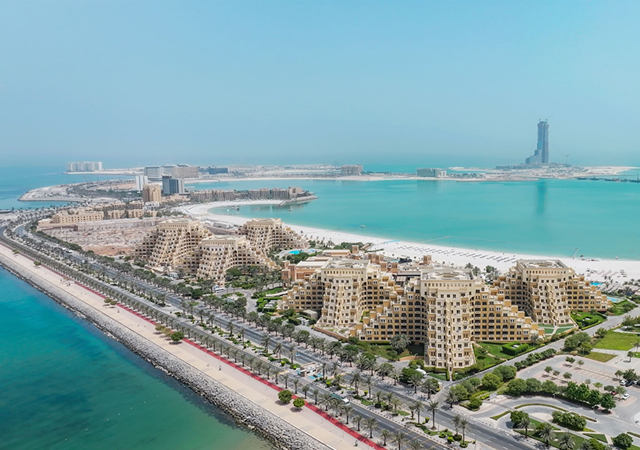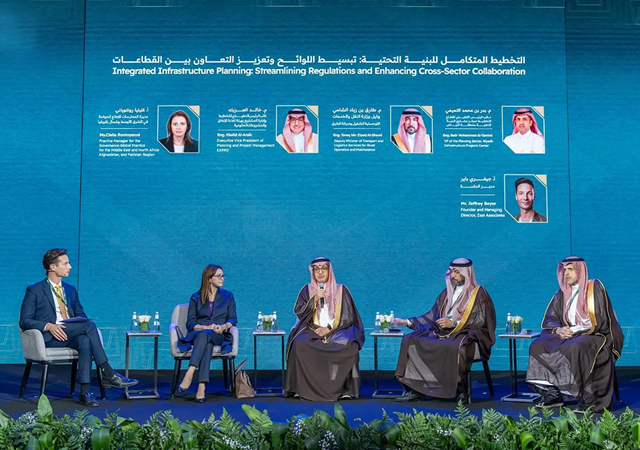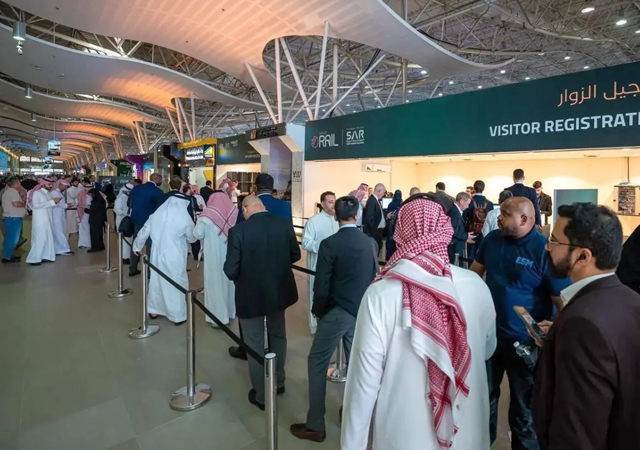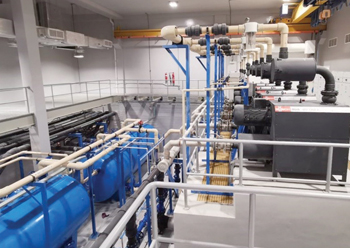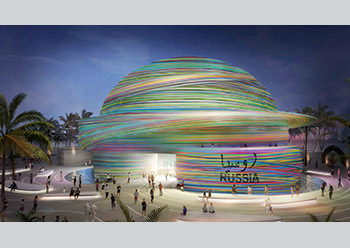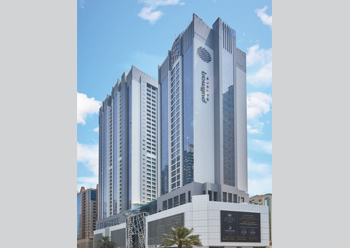
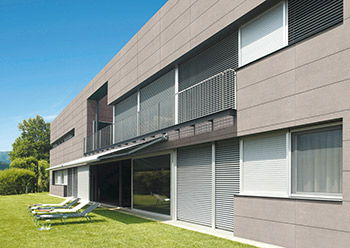 On facades, Kalesinterflex reduces the building load with its thinness and lightness, while minimising the number of joints required due to its large size.
On facades, Kalesinterflex reduces the building load with its thinness and lightness, while minimising the number of joints required due to its large size.
Kalebodur, a brand of the global ceramics leader Kaleseramik, says its innovative product Kalesinterflex has now become an essential product for landmark architectural projects around the world.
Kalesinterflex is one of the world’s largest, thinnest and flexible ceramic tiles. It brings a new dimension to the ceramics industry, giving flight to the creativity of the designer with its 120 x 360 cm size, thickness of just 3 mm, ease of application and flexibility, says a spokesman for the Turkish brand.
“It creates an architectural language that emphasises the plain and tectonic values of the building with its variety of colours and textures. Kalesinterflex can also be used in different applications such as kitchen countertops, cabinet doors, tables, coffee tables, TV set stands and bathroom furniture, besides the conventional areas of use,” he adds.
A product of Kalebodur which is known to impart advanced technology as well as its deep-rooted brand experience to its range, Kalesinterflex provides freedom and originality to architecture and offers unlimited dimensions for creativity, the spokesman remarks.
 |
|
Kalesinterflex can be used in various applications. |
Kalesinterflex makes possible the application of new ideas and the creation of modern living spaces both in exterior and interior spaces. Available in 3 and 5 mm thickness options, it can also be produced in special sizes that best suit the project.
“Being very light and thin in comparison to its very large size and having an extremely flexible structure makes Kalesinterflex the indispensable choice of architects and projects. The product is highly appealing to users with its 16 solid colours as well as digitally produced almost real metallic, wood, concrete and natural stone textured alternatives on matte and glossy surfaces,” he explains.
In addition to being the largest and thinnest, and having an EcoSpecifer certificate, Kalesinterflex incorporates environmentally sensitive technology, a non-wearing surface structure, near-zero water absorption level and a self-cleaning feature, thanks to its photocatalytic surface.
Highlighting some of its eco-friendly credentials, the spokesman says: “The production process of Kalesinterflex involves 20 times less gas and dust emissions and 1,000 times less carbon dioxide emission compared to traditional ceramic production processes. Also, it covers four times more floor area with the same raw material input. While 50 litres of water is needed in the production of one square metre of standard tiles, only eight litres of water is required to produce such a Kalesinterflex tile. The manufacturing process for Kalesinterflex involves four times lower electricity consumption compared to standard tiles.”
In addition, Kalesinterflex has the ability to protect both indoor and outdoor spaces from bacteria even in environments with insufficient lighting, and minimises the use of detergents with its easy-to-clean structure, he claims, adding that its retains its brand-new look even with the use of cleaning chemicals and abrasion.
Turning to the advantages the product offers when used in exterior systems, the spokesman says Kalesinterflex reduces the building load with its thinness and lightness, while minimising the number of joints required due to its large size. On construction sites, it facilitates work as it is easy to process. The products allows circular facade designs while preserving its colour and surface uniformity for years, thanks to its high strength. When installed, it reduces facade maintenance requirements and cleaning costs with its photocatalytic feature.
When installed in interior spaces, Kalesinterflex provides a hygienic and harmonious appearance by reducing the number of joints. Also, due to its anti-bacterial nature, it creates a safe and health-promoting environment for humans. It stands out with its hard surface and scratch-resistant structure.
Kalesinterflex can be installed in various indoor applications as it is easy to process and also can be used in renovation projects, where it can be applied to the existing surface without the need for breaking it.
Kalesinterflex has been used on a number of prominent projects in the Middle East including Seef Avenue, Fontana Infinity and House Me Residences in Bahrain; Lusail Stadium and Manateq Residence in Qatar; Al Fattan Crystal Tower, Jumeirah Beach Residences for Emaar, wasl villa projects and Accor Group Hotels in the UAE; Grand Majidi Mall, Korek Tower, Park View, Hewa City and Italian City in Iraq; and Mellat Bank headquarters, Kooshsangi Towers, Kourosh Mall, Madinatolreza Hotel, and Imam Ali Hospital in Iran.
Worldwide, it has been installed at the Barcelona Metro (Spain); Bratislava Airport and Bratislava Winter Stadium (Slovakia); Leeds Stadium and Premier Inn Hotels (UK); National Children’s Hospital (Ireland); Sochi Olympic Village (Russia); Baku Olympic Stadium (Azerbaijan); Packages Mall in Lahore, Lahore Cricket Stadium (Pakistan); Uzatom Atomic and Nuclear Power Plant (Uzbekistan); Management Development Institute of Singapore Building (Singapore); Dushanbe Mall Auchan City (Tajikistan); and Swiss Hotel Sarajevo and Tarcin Forest Resort Hotel (Bosnia-Herzegovina).




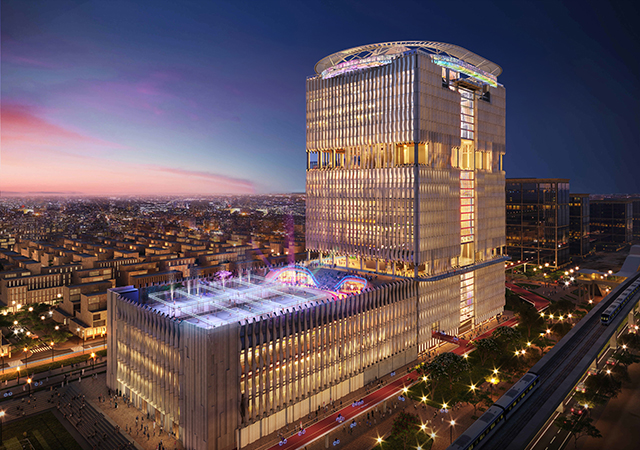



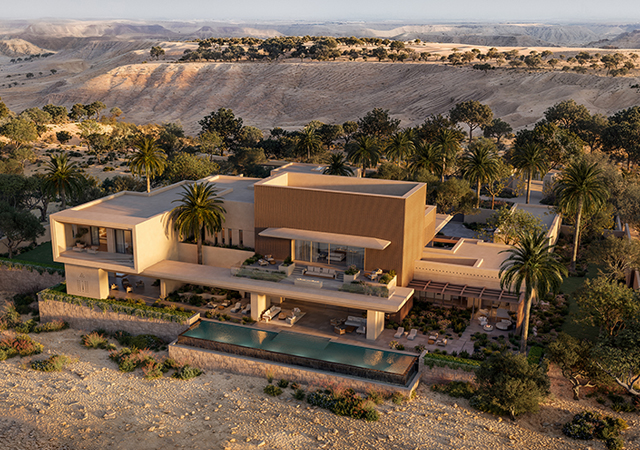
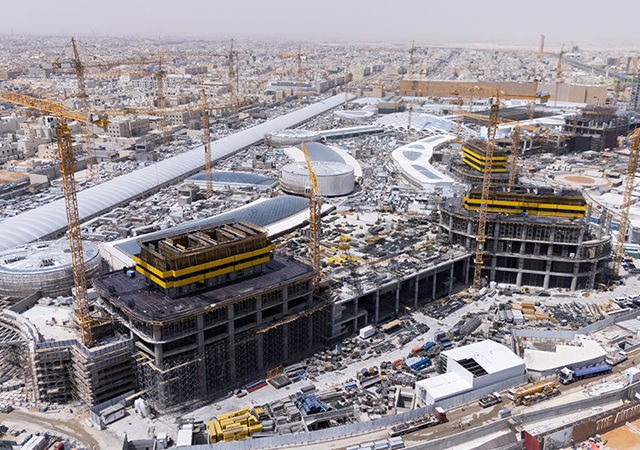
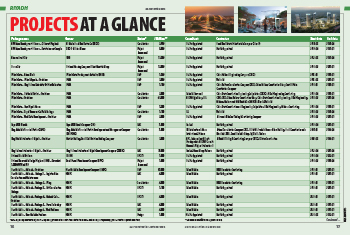
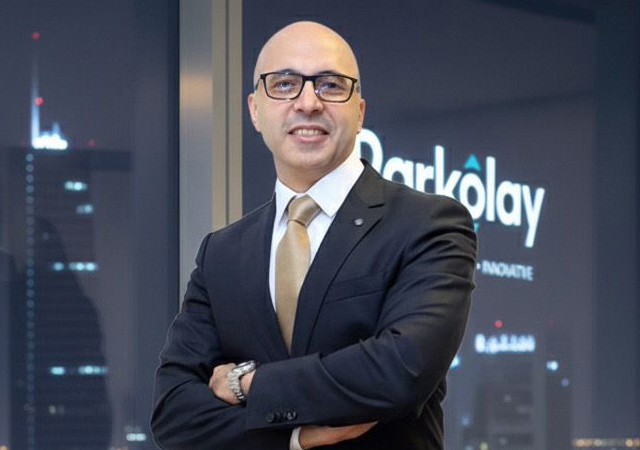

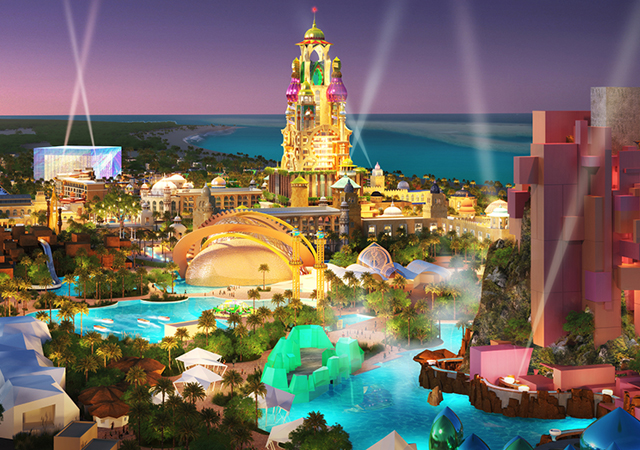
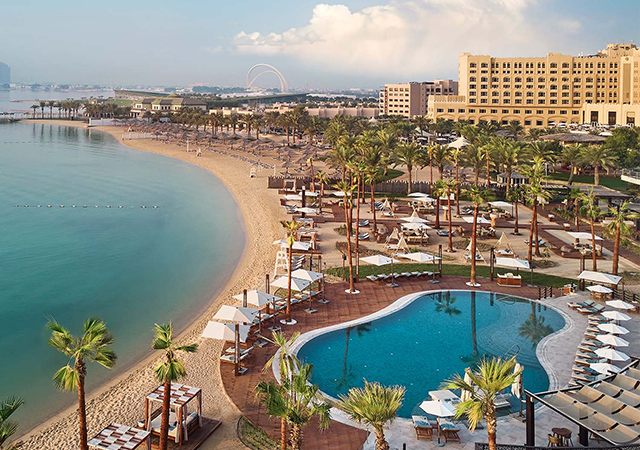
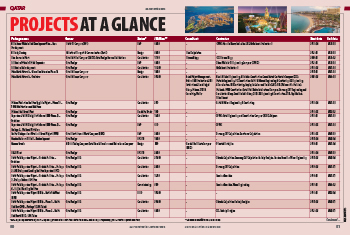
.jpg)
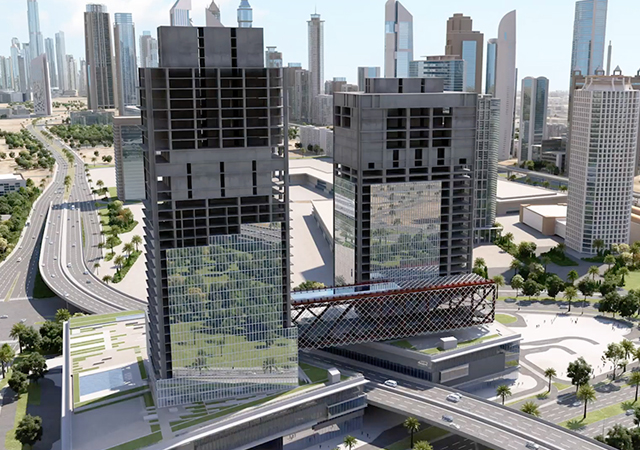
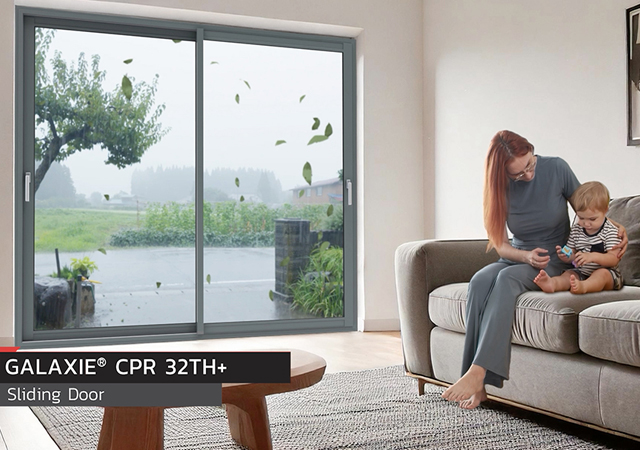



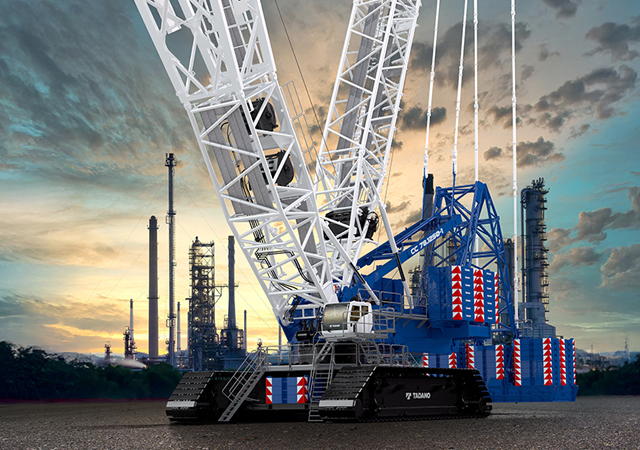
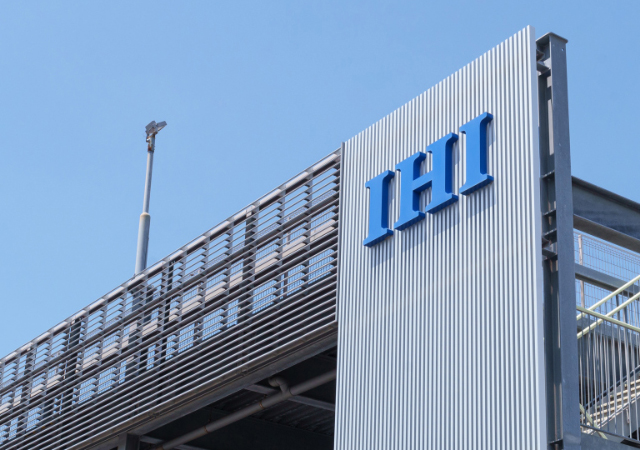

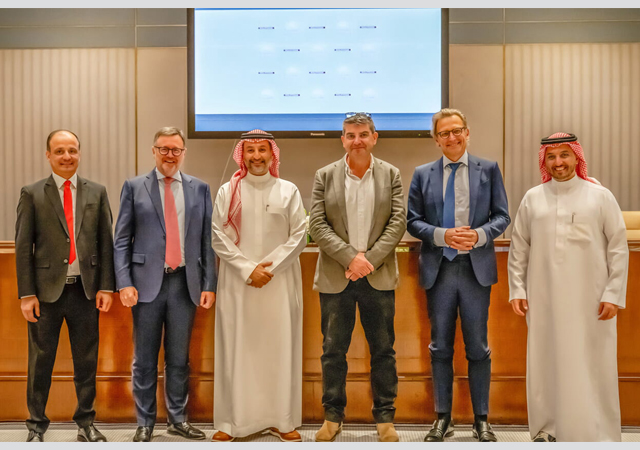

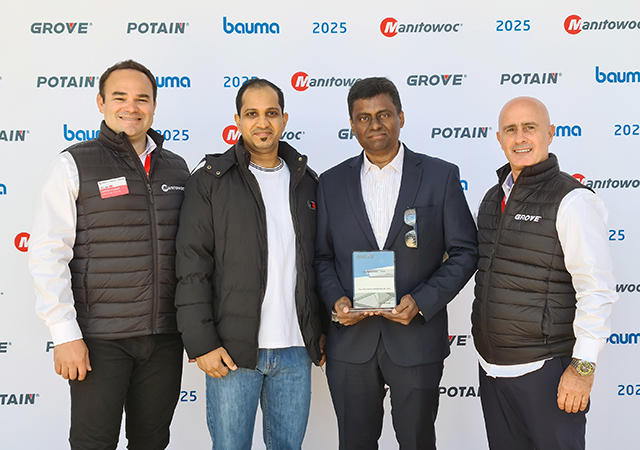
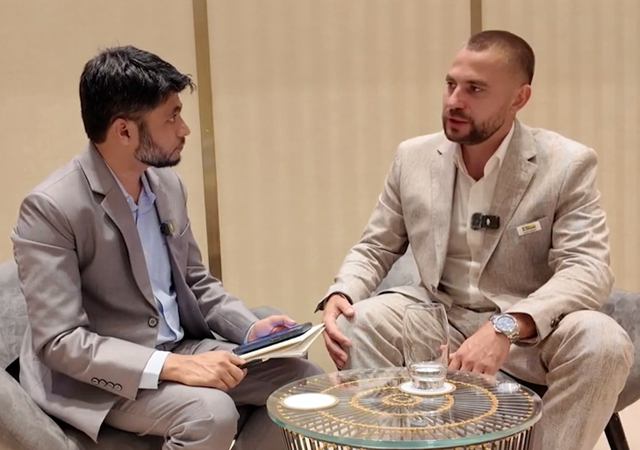
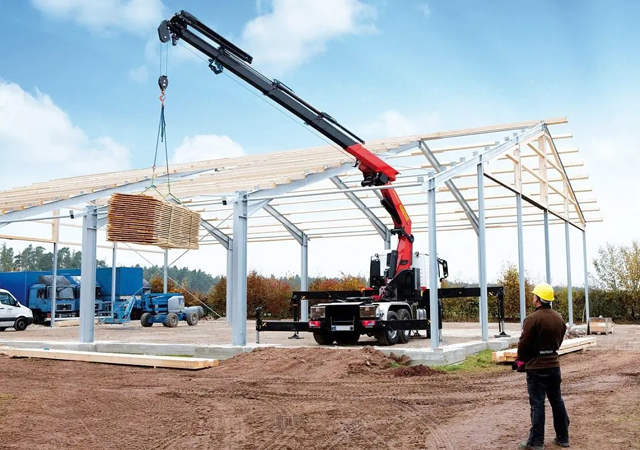
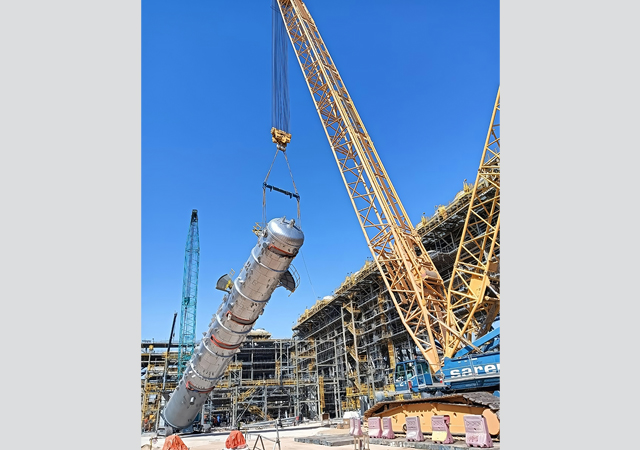
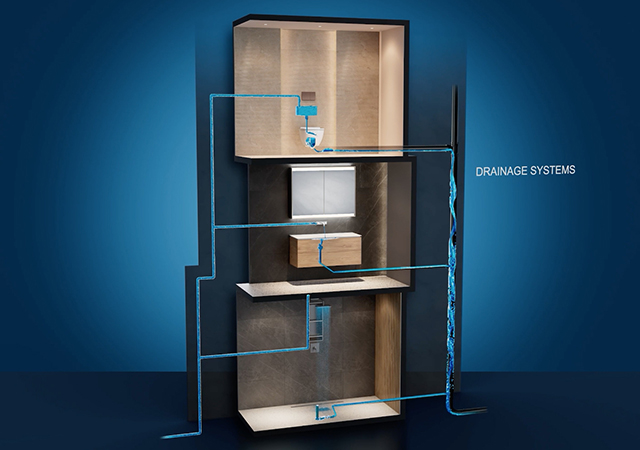
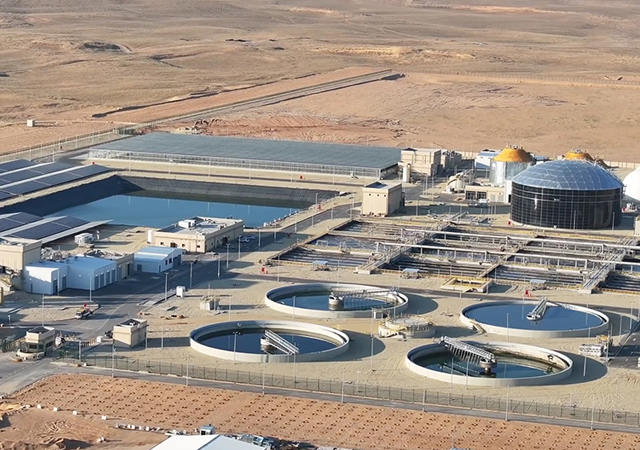

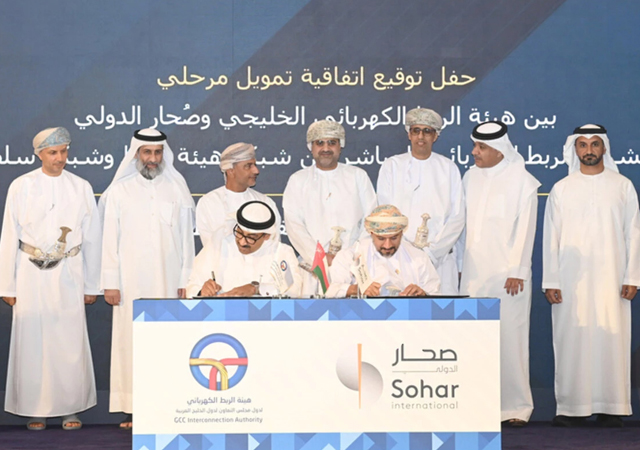

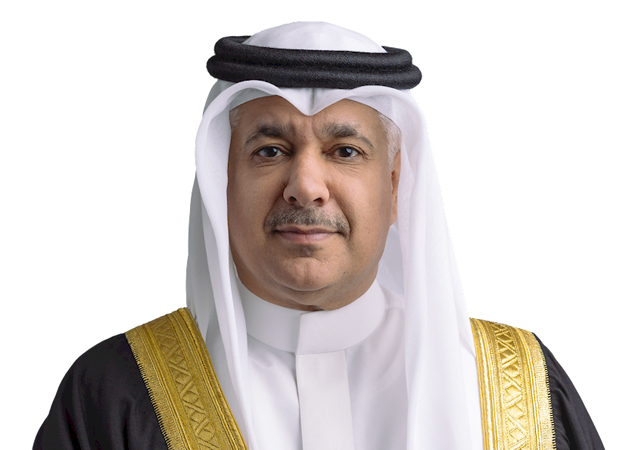
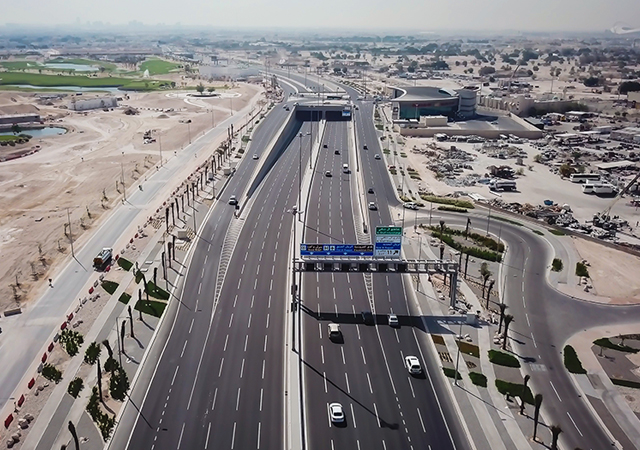


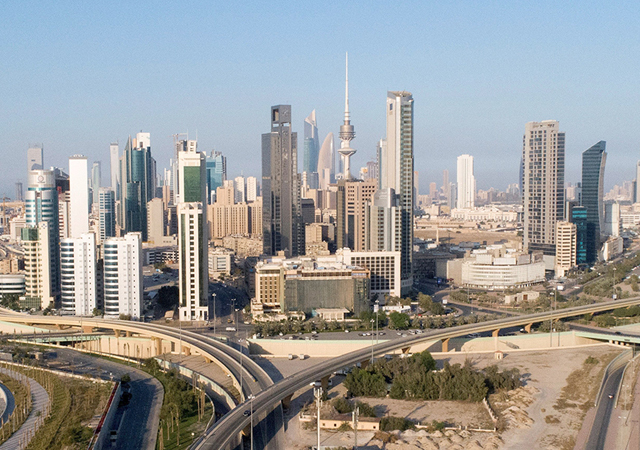

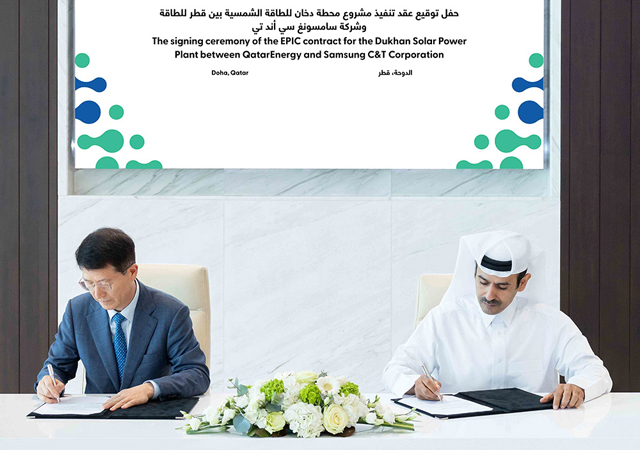
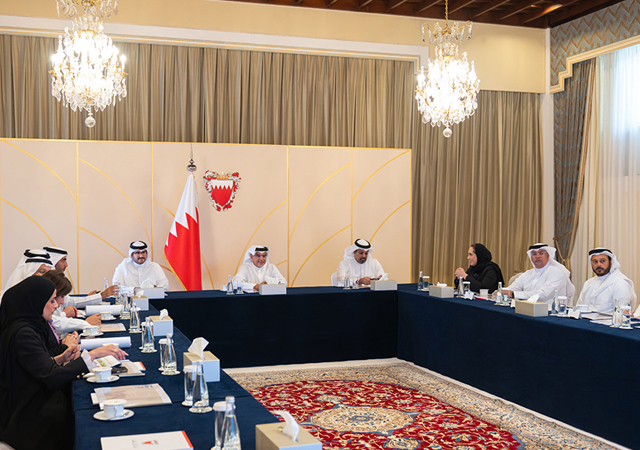


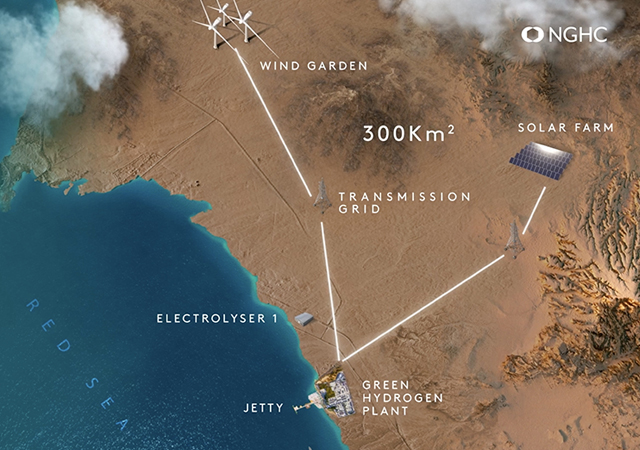
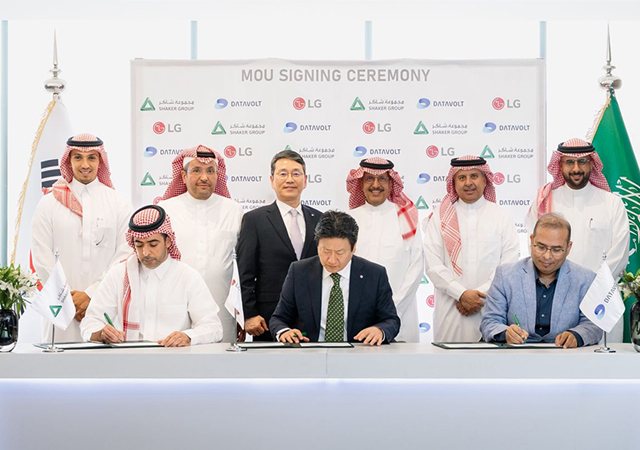
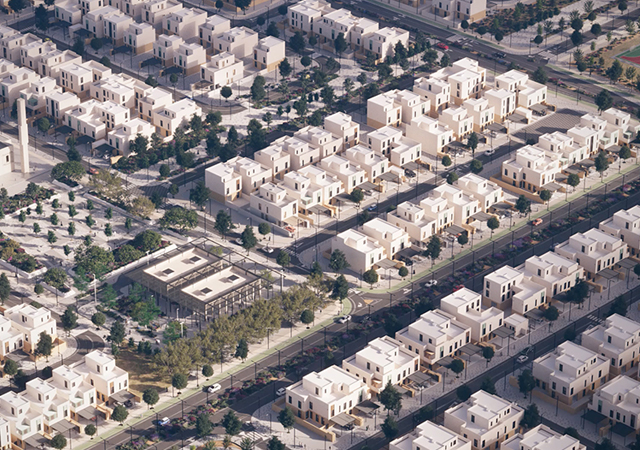
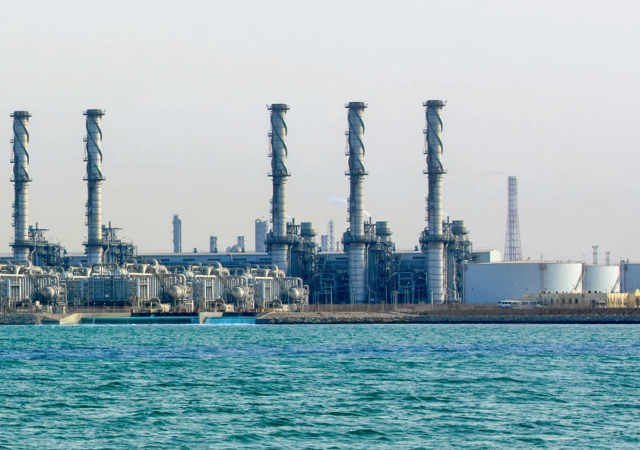
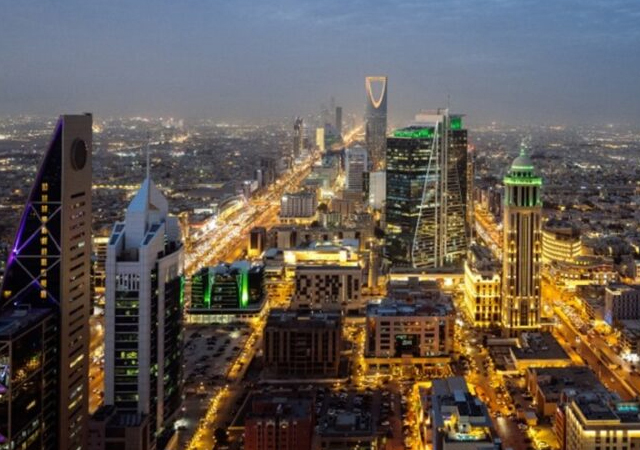
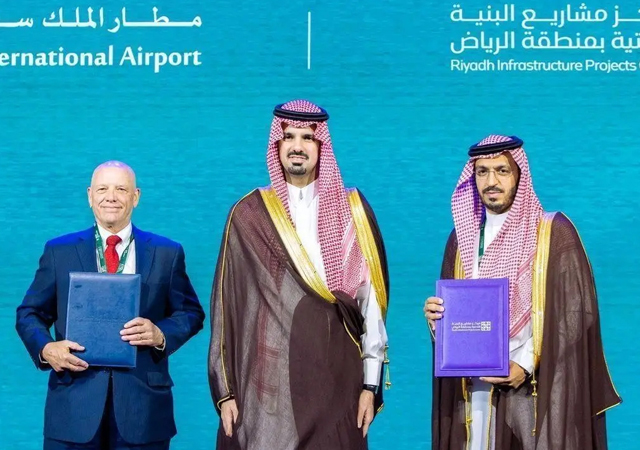

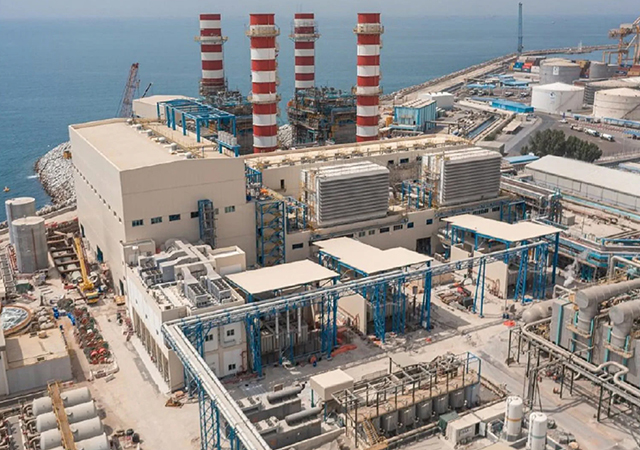


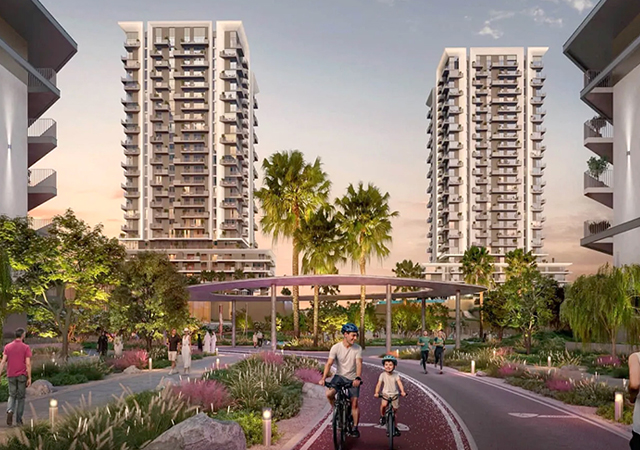
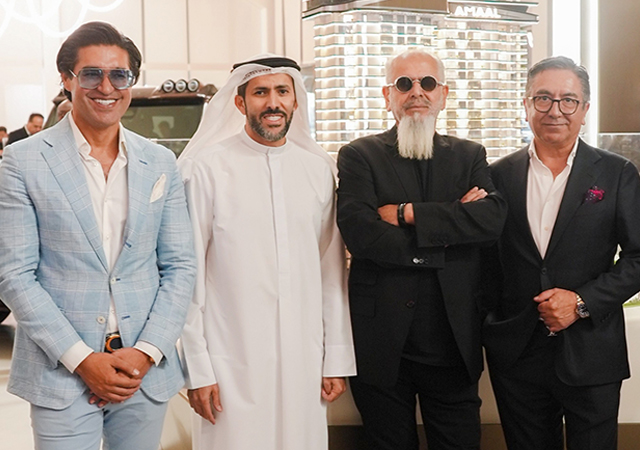
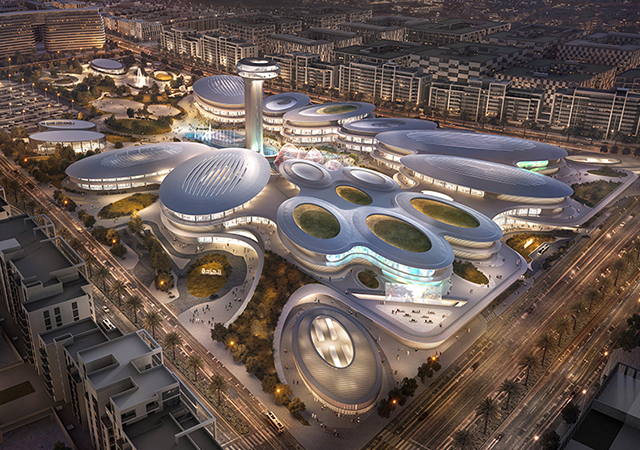

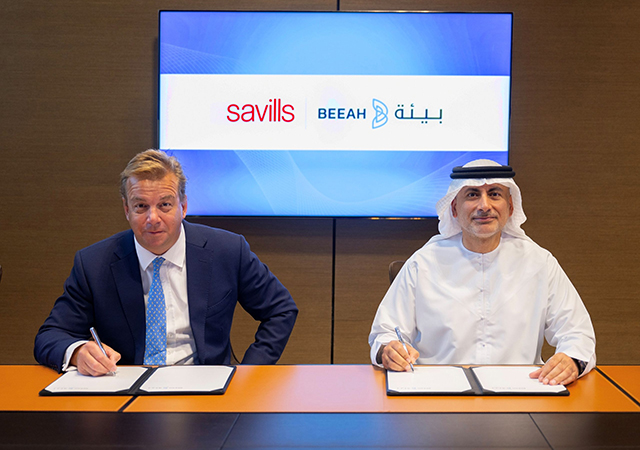



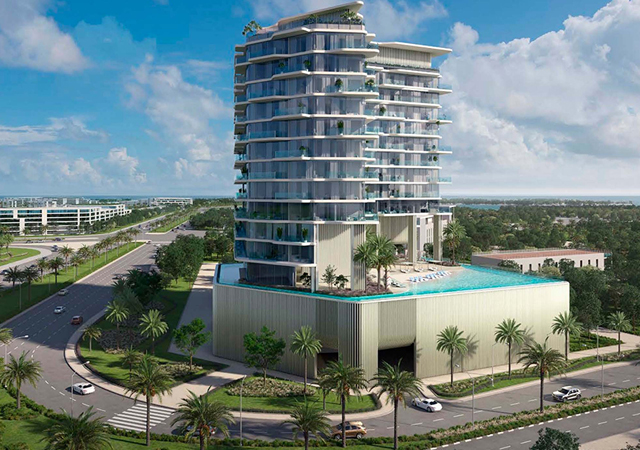

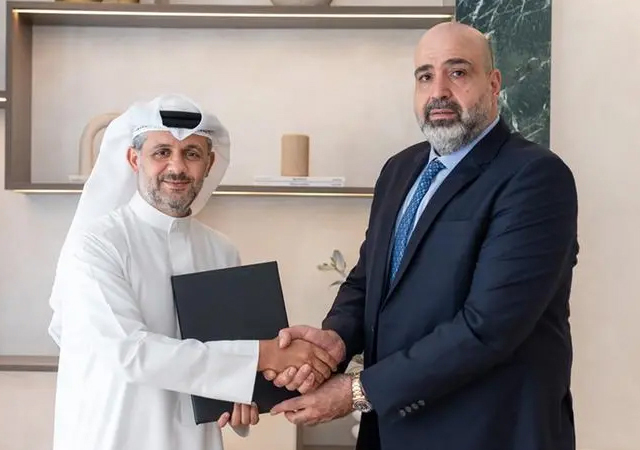
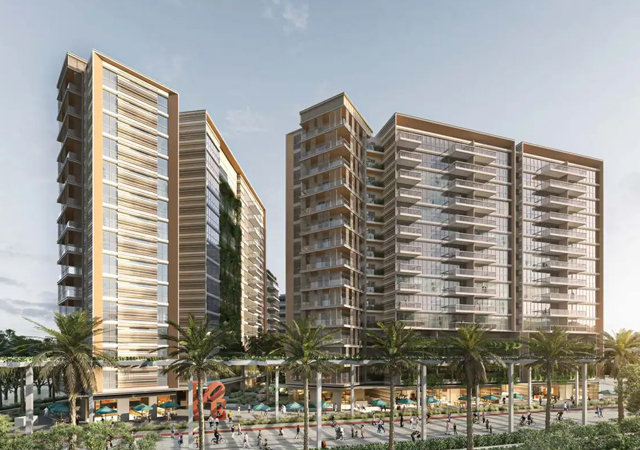

.jpg)
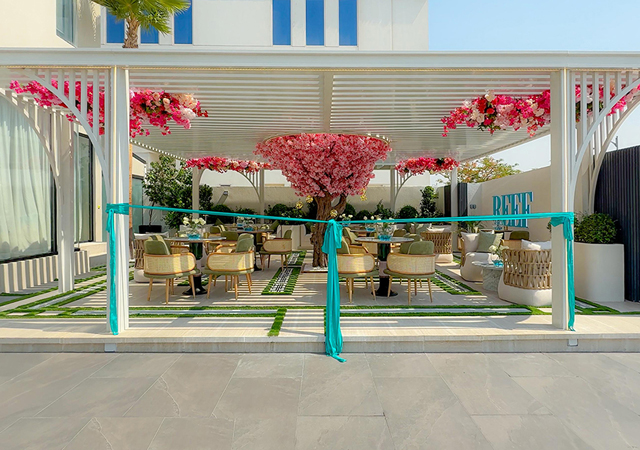
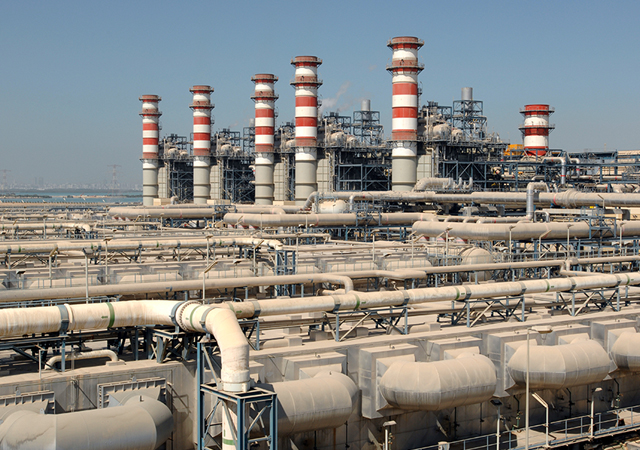

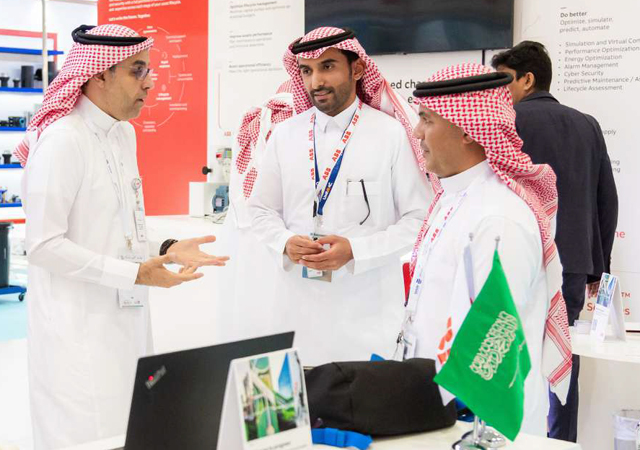
.jpg)
